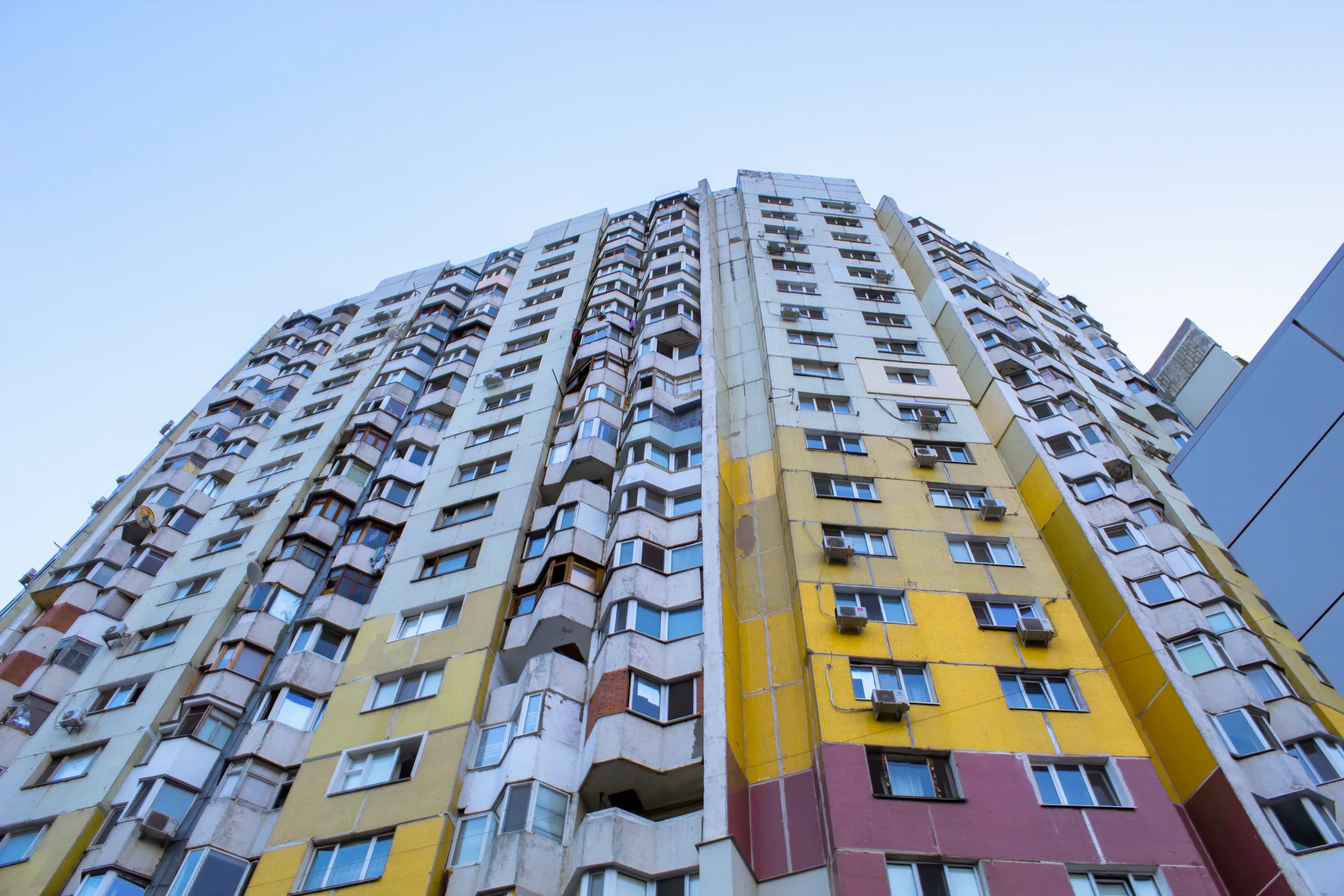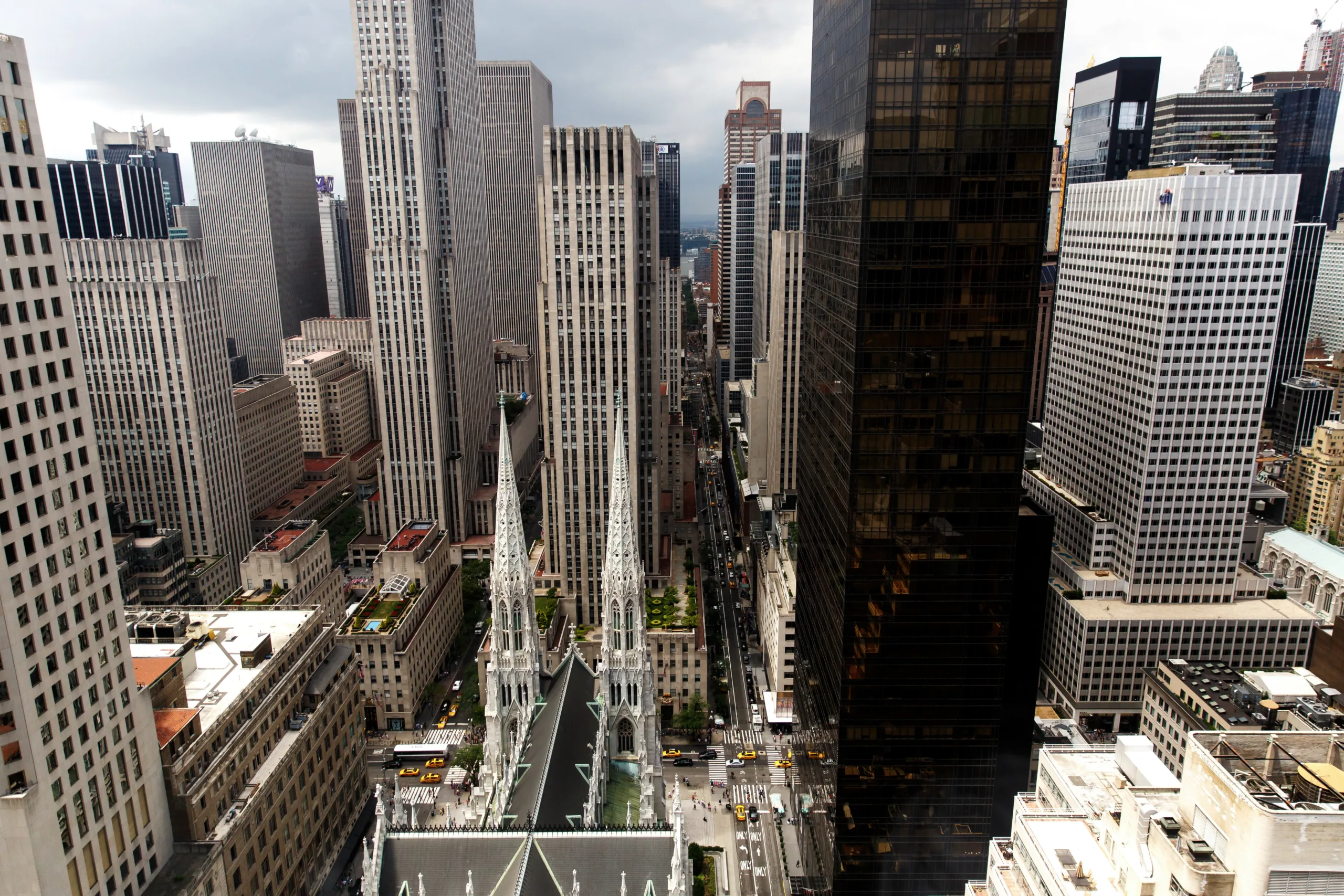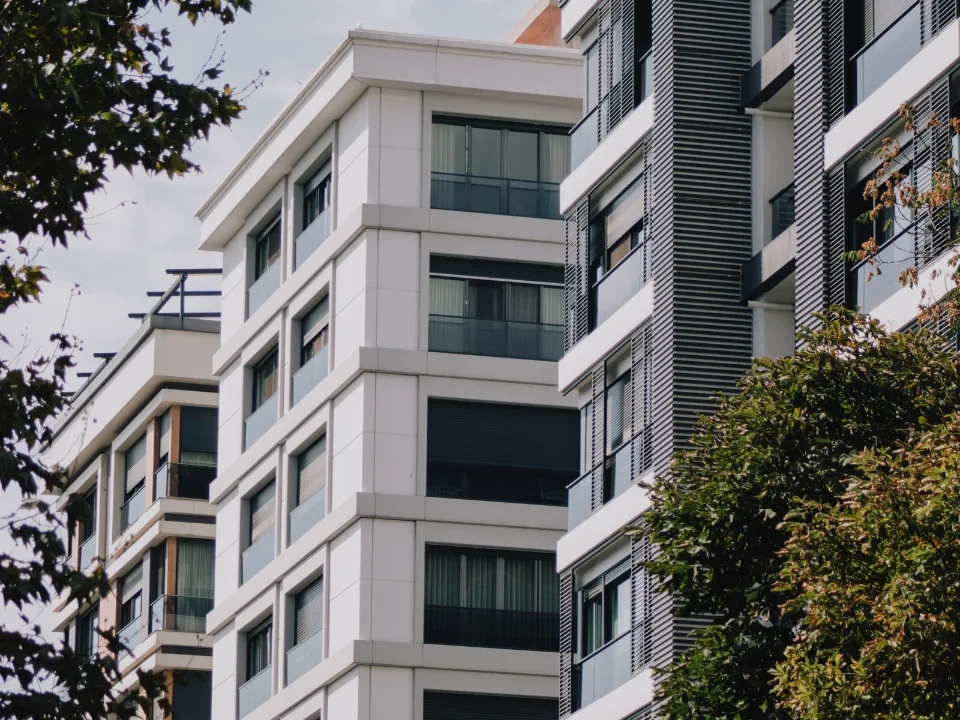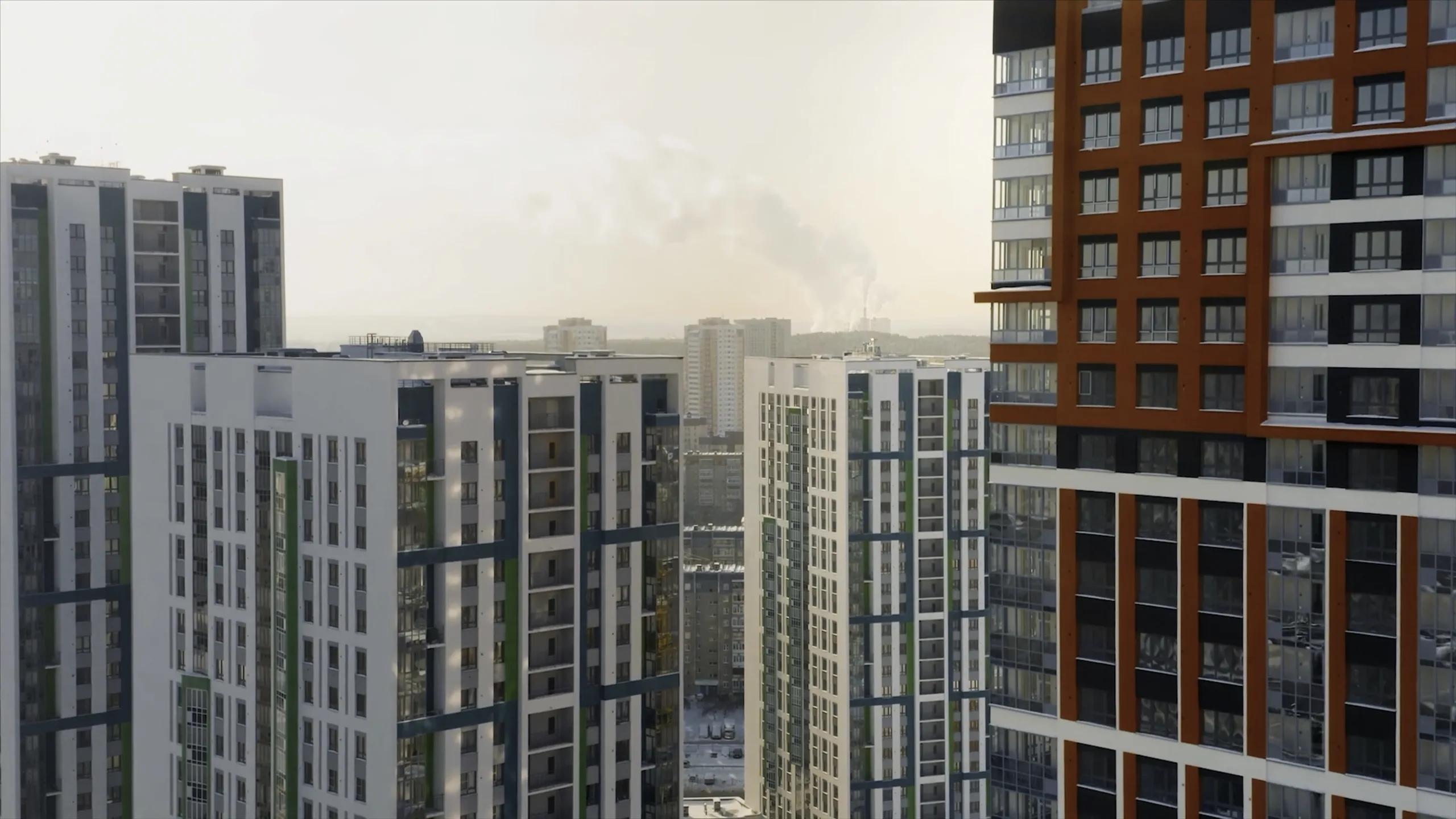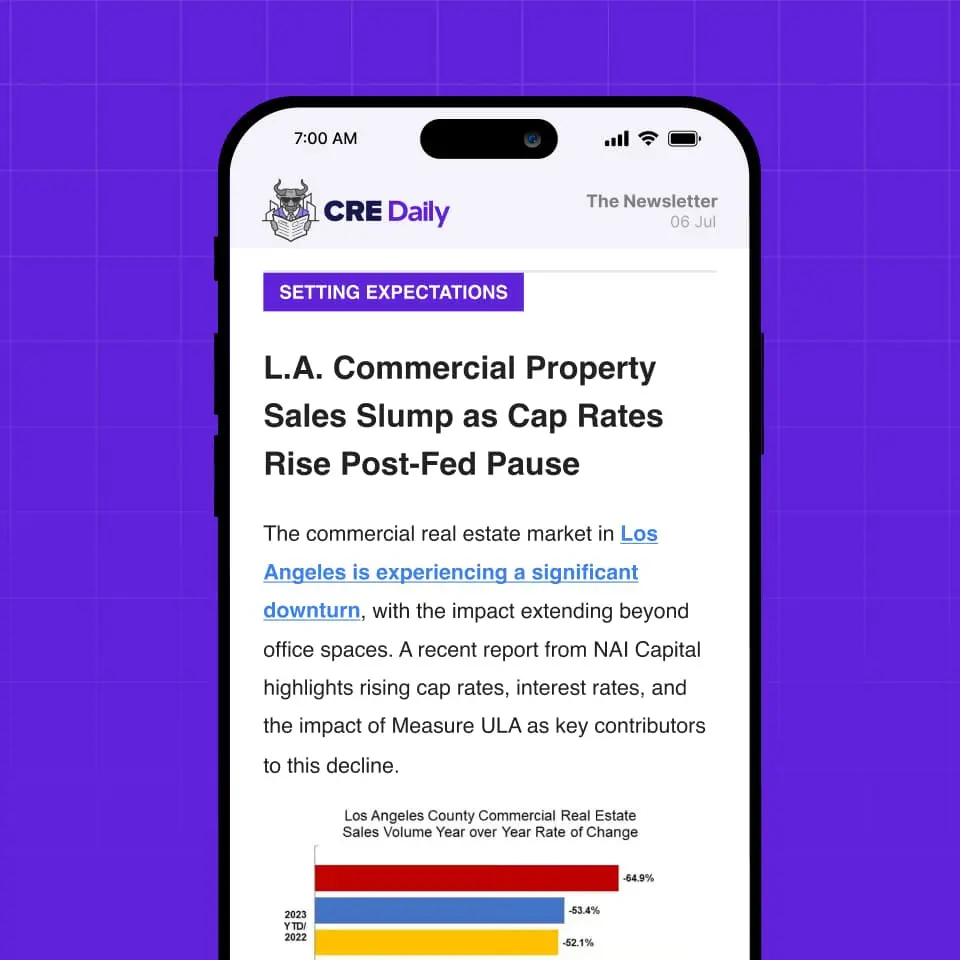- Developer Hines has proposed a 76-story, 1,225-foot office tower in San Francisco, which would become the tallest building on the West Coast, despite the city’s current 23% office vacancy rate.
- The tower would replace the outdated 34-story PGu0026E building at 77 Beale St., and the larger development plan includes housing, retail, open space, and renovations to nearby historic buildings.
- Real estate experts say the project is a strategic bet on the long-term recovery of San Francisco, driven by emerging demand from AI companies and the premium performance of high-quality office space.
A Sky-High Bet On A Struggling Market
Global developer Hines is looking to reshape downtown San Francisco’s skyline with a bold proposal, reports CoStar. The plan includes a 1,225-foot, 76-story office tower. If built, it would eclipse Los Angeles’ Wilshire Grand Center as the tallest building on the West Coast. Office construction is at record lows, and remote work persists, sparking both skepticism and cautious optimism about the proposed tower.
The new tower would rise on the site of the former PG&E headquarters at 77 Beale St., which Hines acquired in 2021 for $800M. The current building, dating back to the early 1970s, would be demolished as part of a broader redevelopment of the block-long site.
Get Smarter about what matters in CRE
Stay ahead of trends in commercial real estate with CRE Daily – the free newsletter delivering everything you need to start your day in just 5-minutes
Why Now?
San Francisco’s office market has been among the hardest hit nationwide, with vacancy rates soaring from just 6% in 2019 to around 23% in 2024. Critics have questioned the timing of adding 1.6M SF of new office space. But Hines—and many in the commercial real estate sector—see a longer-term play.
In the early 2000s, Hines faced similar doubts when proposing the now-iconic Salesforce Tower, which eventually became a symbol of the city’s booming tech sector. The developer is betting once again on San Francisco’s long-term resilience and appeal. This time, the optimism is driven by artificial intelligence companies, which have leased over 5M SF and may need much more soon.
Beyond The Office
While the centerpiece is office space, the larger redevelopment plan envisions much more. Hines plans to convert part of 25 Beale St. into 120 homes and revamp two nearby historic office buildings downtown. New retail, restaurants, and public open space are planned to support a vibrant “live, work, play” environment in downtown San Francisco.
The city’s Office of Economic and Workforce Development supports the project. Officials say it aligns with efforts to diversify downtown’s uses and appeal.
A Turn Away From Housing
The new proposal scraps a previous plan for an 85-story residential tower with 800 planned homes. That earlier plan included over 100 affordable units but failed to move forward. While officials continue to push for more housing to meet San Francisco’s state-mandated goal of 82K new units by 2031, challenges remain. Developers argue that high interest rates and rising construction costs have made housing projects increasingly difficult to finance.
Despite these challenges, Mayor Daniel Lurie has praised the Hines proposal as a sign of momentum: “It is a signal to the world that San Francisco is on the rise,” he said.
Why It Matters
Top-tier office buildings in prime locations are outperforming the market, even as older, outdated office space sits mostly vacant. Most 1980s-era buildings lack modern features, making them outdated and unusable for today’s office demands. New construction, especially those with modern design, transit access, and amenities, offers a path to revitalize urban cores.
The ambitious Hines project could transform downtown San Francisco, serving as a model for post-pandemic urban office development and revitalization.
What’s Next
Hines hasn’t shared a timeline but is actively working with city officials and community groups to move the project forward. If approved and completed, the project could redefine San Francisco’s skyline—and perhaps, its future as a world-class business hub.
